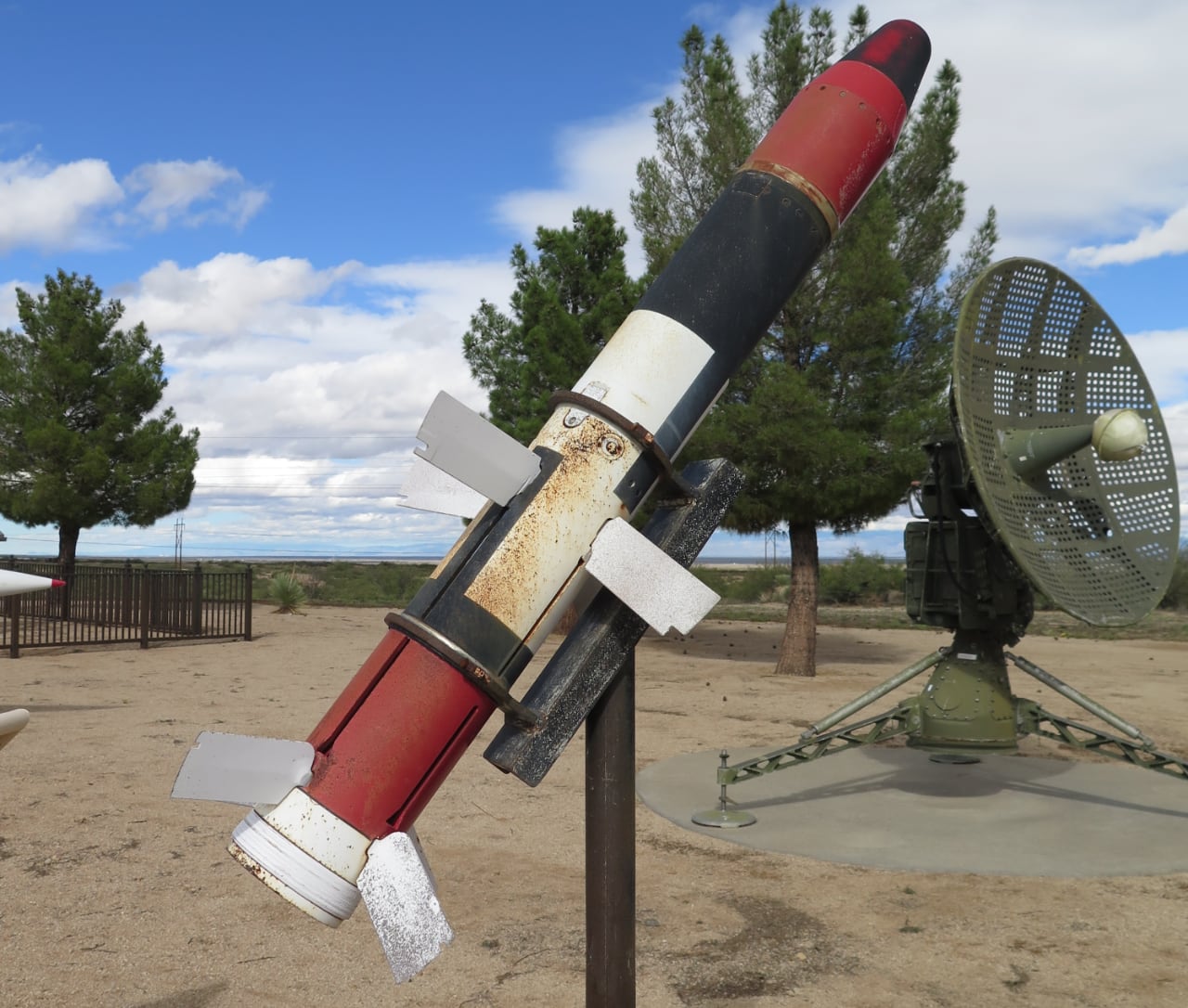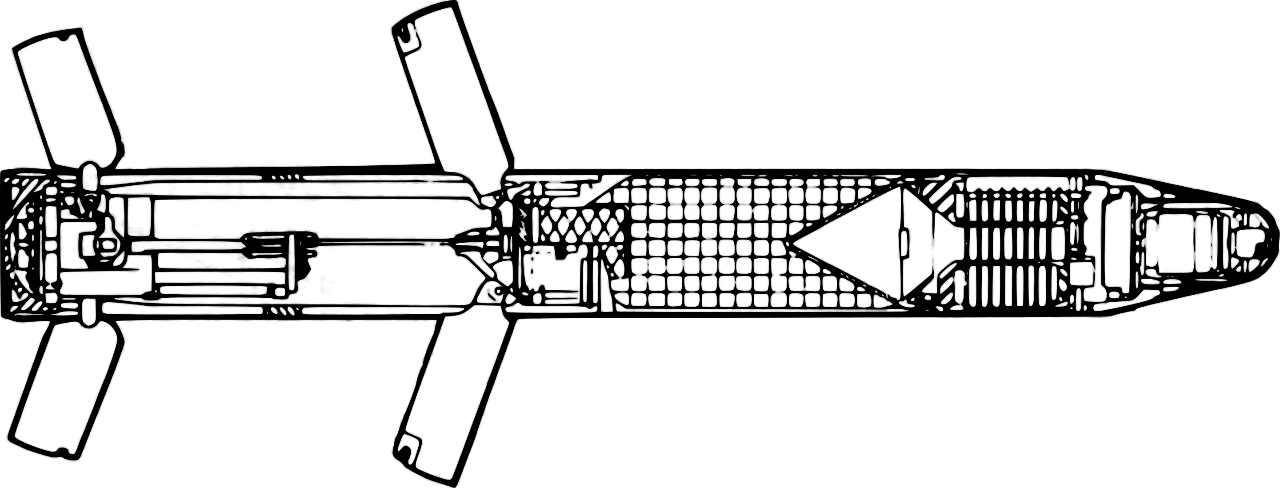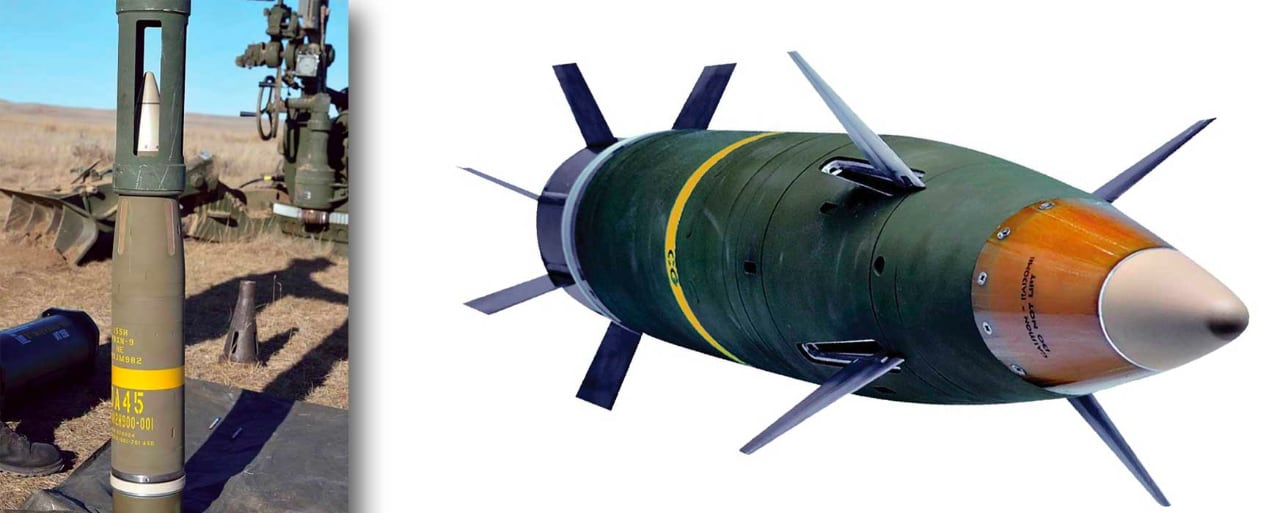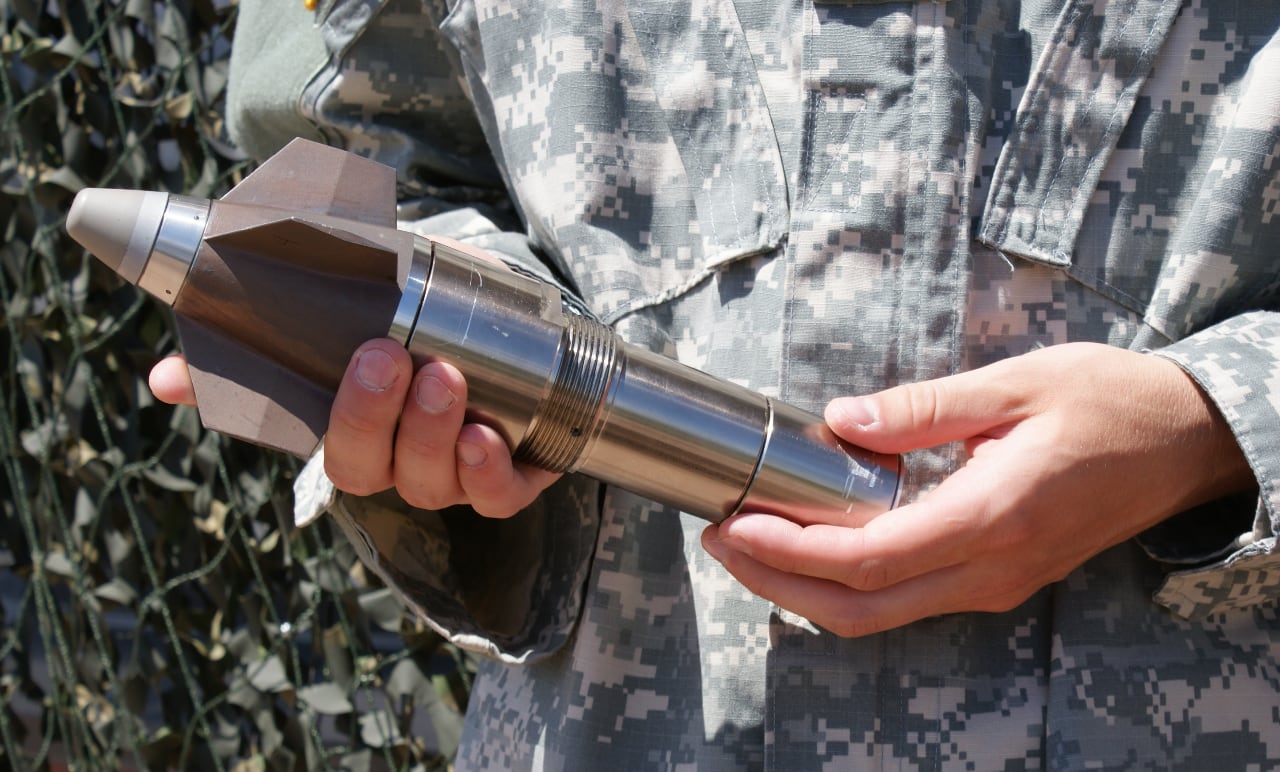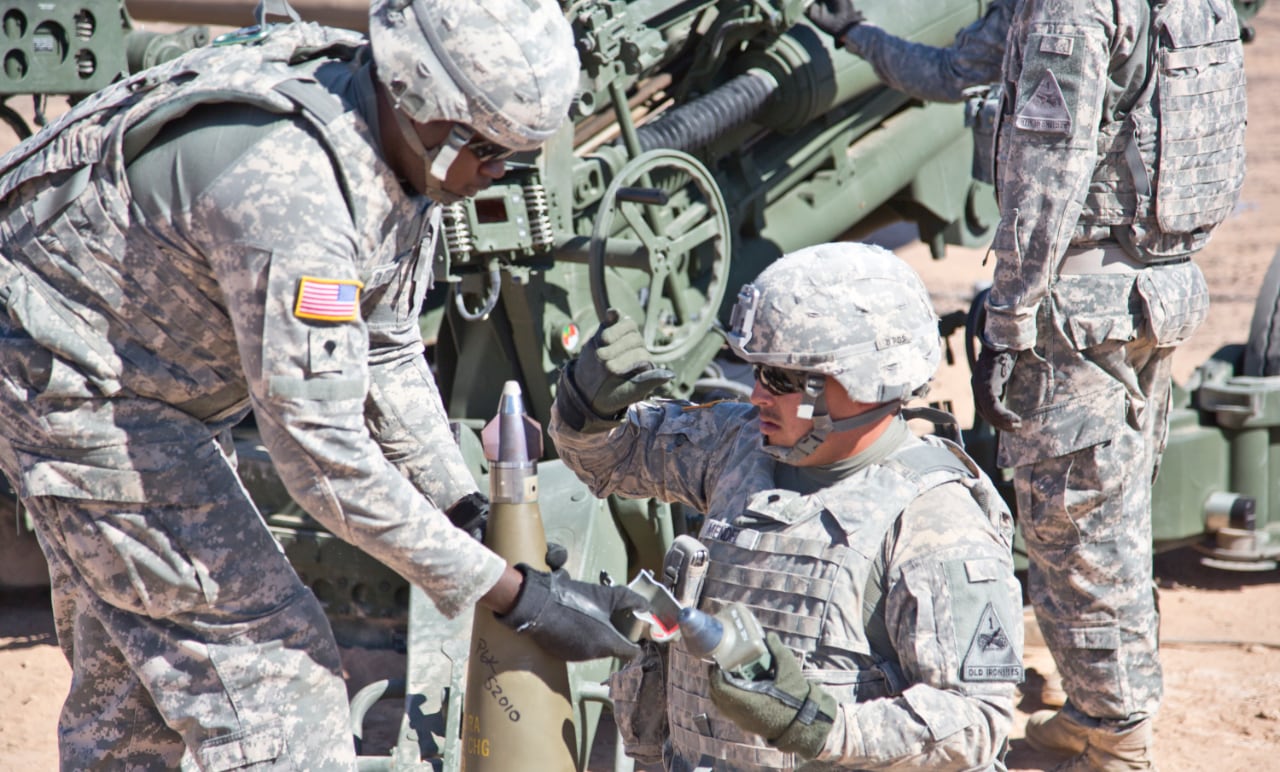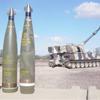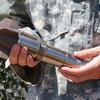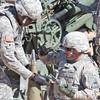Not only Excalibur: the history of precision-guided munitions for 155 mm guns from the M712 Copperhead to the M1156 PGK and what they can give the Armed Forces
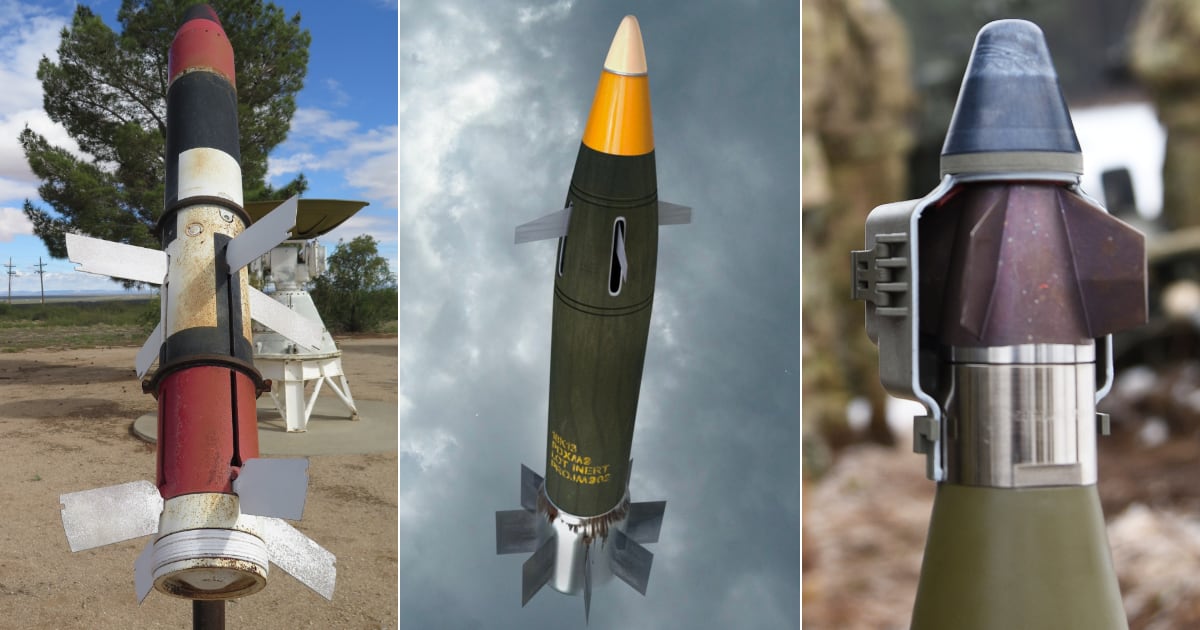
Lately (even before extensive discussions MLRS MLRS M270 and M142 HIMARS ) in conversations about military assistance, guns, self-propelled guns and howitzers of 155 mm caliber appeared. Ukraine already Ukrainian Armed Forces use M777 howitzers in combat in Donbas (photo) and ACS - Norwegian M109A3, American M109 and French Caesars. On the way Polish AHS Krab and Dana c Zuzana 2 from Slovakia. All this will increase the firepower of the Armed Forces of Ukraine not only due to 155-mm NATO ammunition, which will be supplied uninterruptedly and in the required quantities thanks to the opening supermarket "Ramstein" for Ukraine. But also due to high-precision GPS-guided munitions, which have another important parameter in the war - a much lower consumption. What gives an advantage in logistics - you need fewer of them and you can deliver the right amount faster (and, as a result, cheaper). Everyone has heard about the high-precision (and not cheap) M982 Excalibur projectile, but now there are no less interesting ammunition that can enhance the firepower of the Armed Forces of Ukraine.
The advent of artillery guided projectiles (CLGP)
It all started in the USA in the 70s of the last century, when the development of artillery practically hit the ceiling. After creation nuclear artillery (there was such a thing in the history of armaments, but it was officially abandoned at the end of the twentieth century) it was necessary to move on somewhere. And a natural development was an attempt to create guided high-precision projectiles. There is a theory that the reason for their creation was the appearance in Eastern Europe (let me remind you, about the times of the Cold War) of a huge number of tanks of the USSR, which, by their existence, created a serious threat. Therefore, an accurate weapon was required, capable of hitting a tank at a considerable distance, relatively speaking, with a single shot. The thing is that in densely populated Europe, firing howitzers at squares (to cover a tank armada) was, to put it mildly, inhumane and fraught with great casualties among the civilian population.
In addition to tanks and other armored vehicles, stationary fortifications could be targets for such precision-guided munitions. After a preliminary review of projects, in which almost all arms manufacturers in the United States took part, a project called CLGP (Cannon-Launched Guided Projectile - literally "guided artillery projectile"). It was based on the use of a gliding projectile with plumage (the variant with a solid-propellant jet engine was abandoned in favor of cheap production) with the same simple and anti-jamming laser target designator guidance system (this technology was new and promising at that time, it was developed by Texas Instruments) in the final stage of projectile flight. For laser illumination of the target, it was possible to use a ground operator (the GLLD installation manufactured by Hughes Aircraft in the photo below) or an aircraft or UAV - they already existed then. The flip side of the cheaper project was the reduction in the range of the projectile.
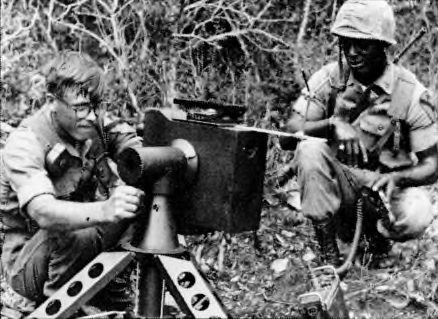
A photo: Ground laser target illumination station GLLD (Ground Laser Locator Designator) during testing, 1974 (Wikipedia )
After firing such a guided projectile, the tail stabilizers open, and it continues its flight, receiving a reflected laser target designation signal as it approaches the target. This signal is received by the semi-active homing head and the electronics give instructions for the tail empennage steering in the last seconds of the flight. In theory, all this may not look very convincing today, but, according to the results of comparative tests of competing samples conducted in 1975, the best of them demonstrated seven direct hits for eleven shots on targets (both standing and moving) located at a distance from 4 to 7 km.

A photo: prototype of a 155-mm projectile of the GLLD project next to the M109A1 howitzer at a military base Fort Sill (Wikipedia )
M712 Copperhead: the first precision projectile
As a result of the CLGP project, the first guided artillery projectile of 155 mm caliber was born. It received the name M712 Copperhead (literally - a copper head, another name for a viper in English copperhead muzzle ). Work on the CLGP showed that the tail assembly was not enough to fire with the required accuracy. Therefore, wings were added to it, giving the projectile a resemblance to a cruise missile. Serial production of the M712 Copperhead began in 1978 - the Pentagon purchased 3,000 of these shells for $56 million. Another 27 million was spent on 130 GLLD laser target illumination stations. At different times, the cost of one M712 Copperhead ranged from 22 to 24 thousand dollars apiece (this amount did not include the warhead and containers for transportation, they were purchased separately). In total, 15,745 shells were produced from 1981 to 1985, which was 35% of the Pentagon's budget for the purchase of artillery shells. The Martin Orlando plant, when operating in peacetime mode (that is, in 1 work shift), produced up to 700 shells per month. In total, until 1989, when the production of the M712 Copperhead was discontinued, about 25,000 of them were produced.
In the diagram below, you can see the M712 Copperhead device in a longitudinal section. From left to right: pallet, tail stabilizers, steering compartment (rods and servos of steering surfaces), plumage (wings), combat compartment with a warhead weighing 6.7 kg, control compartment, semi-active homing head. The length of the projectile is 140 cm with a total weight of 62.4 kg. The declared firing range of this ammunition is from 3 to 16 km.
The ammunition has two options for operation: ballistic and planning mode. Ballistic mode is used when there is high cloud cover and good visibility. In this case, the s extends the wings and stabilizers at a distance of 3000 meters from the target. Glide mode is used in conditions of poor visibility (cloudy, fog or precipitation), which does not allow the use of ballistic mode. At a given point in the trajectory, the ammunition extends the tail and moves from the ballistic phase to the gliding phase. The target is locked when the projectile is close enough to detect the laser beam, or when the projectile exits cloud cover, whichever occurs first.
The M712 Copperhead was first used in combat during Operation Desert Storm in 1991 in Iraq. Then 90 shells were fired at the radar stations and fortifications of the Iraqi troops. Of these, only 4 ammunition did not hit a stationary target illuminated by a laser beam.
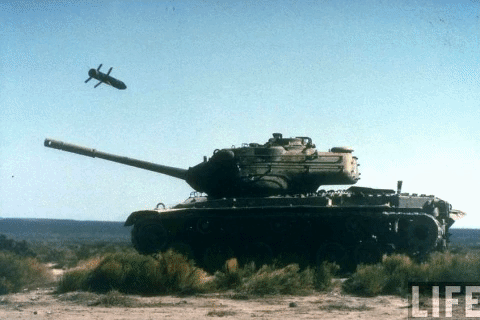
The projectile approaches the M47 target tank, followed by detonation when it hits the target (animation based on a photo from Wikipedia )
For an accurate hit, the homing head needs the target to be illuminated for at least 13 seconds. Before launch, the artillery crew had to program the projectile to receive the corresponding code of the laser beam (pay attention to the first seconds of the video below - the artilleryman turns special screws with encoded markings with a screwdriver), which created additional noise immunity from the enemy.
In 1988, the M712 "Copperhead-2" variant with a combined (infrared and laser) homing head was adopted, which reflected the appearance in those years of the "fire and forget" principle in new types of weapons.
For those who want to know more
- The Soviet Union developed its own guided projectile - Krasnopol . It was developed from the end of the 70s of the last century, used a semi-active laser homing system, had a warhead weighing 6.4 kg (up to 9 kg in new versions, range from 3 to 20 km (up to 25 km for new ones).
- The modern version of this munition is called Krasnopol-D, uses satellite navigation and is used in the current war with Ukraine.
- The export version of Krasnopol is estimated at $35,000
- Lesser known versions of guided missiles developed in Russia are Centimeter and Whaler
- Ukraine has developed its own analogue of a guided missile based on the Soviet Krasnopol called "Kvitnik "(9 kg warhead, firing range up to 20 km, caliber 152/155 mm). It was put into service in 2012, and in 2017 a version without Russian components was created. In 2009 prices, one such shell was estimated at 200,000 hryvnia.
- ADC (Artillerie Dirigee Charge) - a high-precision projectile developed in France, with a range of up to 25 km
- BOSS (Bofors Optimized Smart Shell), developed by Sweden - a high-precision high-explosive projectile with 600 mm armor penetration and a radar guidance system, firing at 24 km
In addition to self-guided (corrected) monoblock projectiles, there is also a whole class of cluster projectiles with self-aiming submunitions that are embedded in artillery shell bodies. As a rule, such ammunition is easier to manufacture (they do not require a control system) and cheaper than homing ammunition by about 3-5 times. And they are used to destroy armored targets. Since they all fall almost vertically on the target, the ability to penetrate 100-120 mm armor is enough for them to defeat. At the heart of their design are only two functional blocks: a target sensor and a warhead. Self-guided submunitions demonstrate the best efficiency when hitting a moving group target. They are able to independently find targets over a much larger area. To understand how it works, in principle, just watch a video demonstrating ammunition BONUS with two damaging elements (jointly developed by Sweden and France).
In the initial phase of the flight, the projectile moves along a ballistic trajectory. Then two warheads are fired, each of which is first stabilized in flight with the help of two curved empennages, and then individually aimed at the target. This class of 155 mm projectiles also includes ammunition XM-898 (SADARM, Skeet) made in the USA, ACED (France), Clasp (Israel) and SM Art (Germany).
M982 Excalibur: a projectile for the price of a rocket
The pinnacle of artillery projectile development (and the holy grail in the fire-and-forget class) is the M982 Excalibur adjustable munition developed by Raytheon Missile Systems and BAE Systems Bofors. Initially, he had a combined guidance system (inertial + GPS, modern versions have a laser homing head), providing him with outstanding accuracy with circular probable deviation (CEP) 4 meters at ranges up to 40 (in some later modifications up to 57 km). For comparison, standard American 155-mm projectiles have a CEP of the order of 200-300 meters when fired at medium range. With a mass of 48 kg, it has a 22-kilogram warhead and costs about $112,000 each, which makes Excalibur, to put it mildly, an expensive pleasure, designed to defeat selected targets (command posts, electronic warfare / intelligence systems, and so on). An important advantage of high accuracy is the ability to use such a projectile in close proximity to one's own infantry without the risk of damaging it with "friendly fire". That is, with the help of Excalibur, you can shoot at positions located at a distance of 50 meters from your soldiers, which is simply unheard of by the standards of gunners.
Official video of Raytheon with a demonstration of field tests of the projectile:
The development of Excalibur began back in 1992, the first terms of reference from the US Army (heavily revised, over time) appeared only in 1997. After a long ordeal (at first the development was common for both the projectile and the guided bomb, then they were separated), in 2005 Raytheon received the first order in the amount of $ 22 million for an experimental batch of 165 projectiles. The tests were completed in 2007 and in the same year Excalibur was first used in the war in Iraq. In 2008, it was already used in Afghanistan (at that time, the price of one projectile was about $80,000).
One of the disadvantages Excalibur is considered to be shooting at stationary targets (GPS coordinates are recorded before the shot, this requires special equipment, for example, they often pay attention to the fact that American M777 howitzers delivered to Ukraine Dont Have, and in general only A2 versions of this howitzer support such shooting). Between us, all this does not mean at all that this equipment (like the Excalibur shells themselves) will not appear in the Armed Forces of Ukraine over time, but now this is not about that, but about the fact that the new version of the shell with the name Excalibur S capable of hitting moving targets. In February 2020, Raytheon announced the successful testing of the Excalibur S against a moving target using a laser seeker. Its development has been carried out since June 2013.
For those who want to know more
- First version of Excalibur with index XM982 appeared in service with the US Army in 2007, it was taken into service in a hurry, so they deliberately went to a reduced flight range
- The production of the first version of the M982 was completed back in 2014, about 6500 shells were made.
- Since 2014, a version of the projectile has been produced Excalibur М982А1 with QUO less than 2 (!) meters.
- Ammunition Excalibur are in service with the armies of the United States, Canada, India, Australia, Jordan and Sweden
- In February 2012, the M777 howitzer of the US Marine Corps in Afghanistan (Helmand province) fired a single Excalibur projectile that destroyed a Taliban group at a record range for the Marine Corps of 36 kilometers
- On April 23, 2022, the Canadian television channel CBC reported that, along with 4 relatively new M777 howitzers Canada also transferred several M982 Excalibur shells to Ukraine left over from the war in Afghanistan.
M1156 PGK (Precision Guidance Kit): A fuze that turns a 155mm projectile into a highly accurate one
Everyone is fine with Excalibur, which solves the problems of accuracy of artillery shells, if not for its space price. And although it has already been halved compared to the initial versions of this high-precision projectile, its cost is too high. What if you can develop some kind of kit that allows you to turn any projectile into a highly accurate one? The US military asked this question by organizing and financing programs CCF (Course Correcting Fuze - course correcting fuse) and gif (Guidance Integrated Fuze - fuse with integrated guidance). Both of them ended with the creation of the project PGK (Precision Guidance Kit - high-precision guidance kit). In theory, his work should have looked like in the video below, and the advantages (in addition to the obvious accuracy) were the same: a reduction in the cost of production and logistics of ammunition by 3-4 times:
First PGK prototype with index XM1156 created the same Raytheon that produces Excalibur, but, in the end, the supply contract won BAE Systems. Although the development was completed in general by a third company - Alliant Techsystems Inc. (ATK). Now it does not exist after being taken over by a corporation Northrop Grumman in 2018. As a result, the army received a fuse compatible with any 155-mm projectile, the KVO of which (like Excalibur) did not change depending on the range of the shot. In the first version of the PGK, the circular error probable was 50 meters, but after several development iterations, it was reduced to 10 meters. At the same time, the PGK fuse had an interesting feature - 5 seconds after the shot, the electronics calculated how much the arrival point differed from the GPS coordinates set before the shot, and if it exceeded 150 meters, the fuse was blocked, and the projectile did not explode. This made it safe for their own infantry to use PGK rounds. Although new versions of the PGK software have an option that allows you to disable this blocking - in this case, the projectile exploded anyway (after all, shooting is not always carried out in close proximity to the positions of their infantry).

Illustration: Comparison of KVO when firing a standard 155-mm projectile (with meteorological data no later than 30 minutes), a projectile with PGK and an Excalibur projectile (globalsecurity.org )
So, XM1156 is a significantly cheaper alternative to Excalibur (the kit costs about $10,000, which is about 10 times cheaper than a high-precision projectile). Moreover, compatible with millions of 155-mm shells already fired. Inside the PGK is a GPS receiver and an alternator (the system does not need power, energy is generated in flight). It weighs 1.4 kg, which is 0.45 kg more than a standard fuse (mainly due to the addition of stabilizer ribs and an alternator). The fuses themselves are of two types: contact and with remote detonation to increase the damage to the enemy from an explosion in the air. During the flight, the ammunition corrects its direction by rotating the stabilizer blades around its axis, taxiing to the GPS coordinates recorded before the shot.
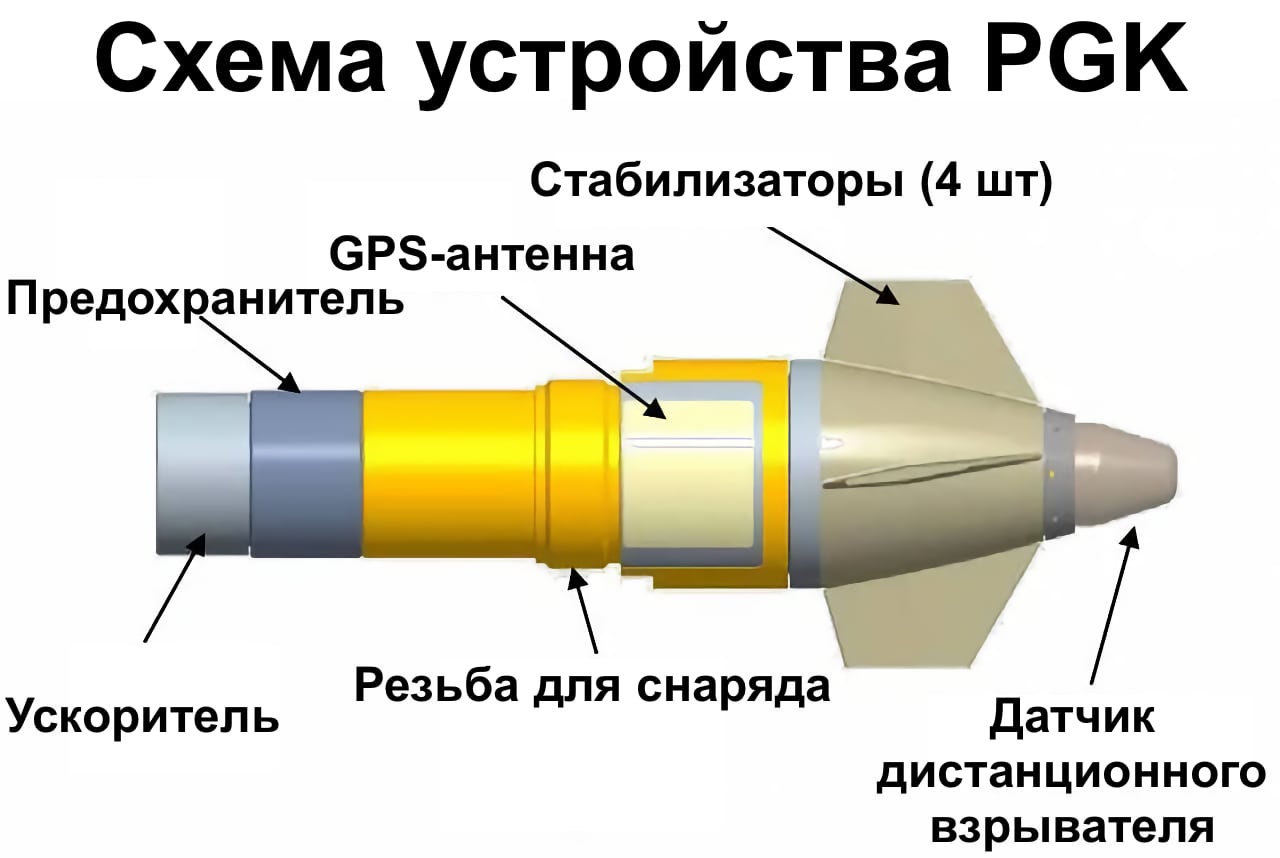
Ultimately, the goal of creating PGK was to turn standard projectiles into precision-guided projectiles and upgrade the millions of projectiles already in stock. And all new intelligent projectiles like Excalibur should only be used for stockpiling.
This is how the use of the M1156 PGK live in an exercise looks like. Before the shot, the gunners remove the protective cap, pre-programming the coordinates of the target. And they check the performance of the stabilizers (whether they rotate easily).
In July 2020 BAE Systems received a 33 million contract to develop an upgraded version by 2023 LR-PGK (Long Range Precision Guidance Kit) for 155-mm projectiles with a range increased to 70 km. In addition to the flight range, they promise to improve the noise immunity of the GPS receiver (apparently, for the operating conditions of enemy electronic warfare systems) and further reduce the KVO (in essence, increase accuracy).

For those who want to know more
- In October 2012, the soldiers of the base Fort Bliss used an early XM1156 PGK prototype in an exercise for the first time, firing 24 rounds
- In September 2014, the PGK was tested with German DM111 projectiles fired from the PzH2000 self-propelled howitzer from a distance of 27 km. 90% of PGK-equipped rounds hit targets within 5 meters
- Since 2015, PGKs have been supplied to the armed forces of Australia and Canada, and since 2018 - to the Netherlands
- By 2017, the number of PGKs released exceeded 10,000 pieces
- For programming GPS coordinates, a special device is used - EPIAFS (Enhanced Portable Inductive Artillery Fuze Setter - Advanced Portable Inductive Fuze Programmer) M1155
- Own, "Russian version" PGK with a GLONASS navigation module for 152-mm shells developed Moscow Design Bureau "Compass" back in 2011. Fortunately, this design bureau has been disbanded for almost 5 years now.
In the dry matter
Despite the fact that high-precision artillery shells have been in service for many, many years, they are already in service with both Ukraine and Russia (albeit in small quantities, and we are not talking about the serial production of Kvitnik at all), only M982 Excalibur and the prospects for its supply to Ukraine. Depending on the binary point of view (“zrada” or “victory”), the idea is promoted of whether they will or will not be supplied. Life, as always, turns out to be much more complex, diverse and confusing. And it does not give simple answers to complex, complex questions. What is worth knowing about all this? Firstly, all types of precision-guided munitions are constantly being improved - the process is ongoing and right now. Secondly, both Excalibur itself is constantly improving, and its more massive alternative in the form of PGK. Thirdly, this war represents a unique opportunity for all weapons developers to test them in real combat conditions. Therefore, the question of whether high-precision projectiles will be delivered to Ukraine or not is not, in principle. It is only a matter of time, the countdown of which has already begun, with the first deliveries of all types of 155-mm artillery, launching the process of re-equipping the Armed Forces of Ukraine to generally accepted NATO standards. And now in the first place in terms of priorities are by no means the supply of precision-guided munitions, but the saturation of the Armed Forces of Ukraine with cannon artillery (about modern MLRS of NATO countries also do not forget), the needs of which are already estimated in hundreds of pieces. And the main deterrent today is by no means the lack of political will for their supply, but the throughput of training centers (the more complex the modern technology, the longer it takes to learn - for the F16, for example, unlike the M777 howitzers, mastering already takes not days, but months, plus building the infrastructure, which takes years). Therefore, we stop panicking and, in especially serious cases, we send a link to this text to the alarmists. Everything will be Ukraine.
For those who want to know more
- Why is there so much talk about the MLRS M270 and M142 HIMARS? We understand why they are important, what missiles are used and how they can change the course of the war
- Unsurpassed weapons: Ukrainian kamikaze drones (loitering munition) ST-35 Grom and RAM
- ️NASAMS anti-aircraft complex and Harpoon cruise missile: what Zelensky asked the Norwegian parliament
- Switchblade kamikaze drones: what kind of weapon is it and what is it capable of (video)
- Why the Armed Forces of Ukraine are looking for the Russian communication complex Redut-2US and asking for help in finding it
